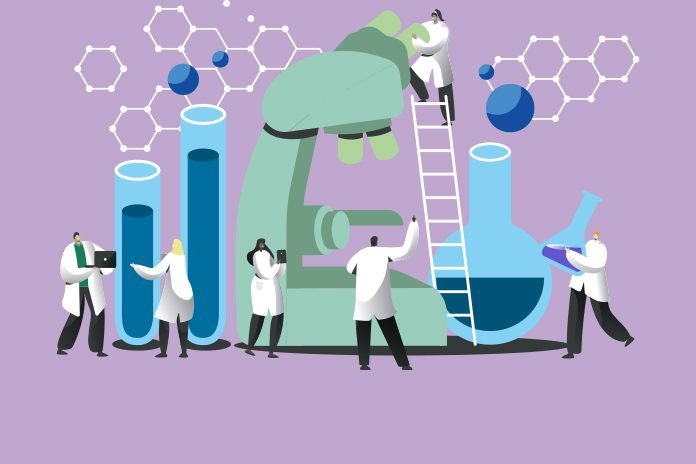Translation for medical devices in 40 languages- clinical, regulatory, marketing documentation.
Our dedicated Medical Translation Unit at Paspartu has expert knowledge of the regulatory framework surrounding the various classes of medical devices and technology, and the market entry requirements for different countries.
Our clients are producers of medical technology from Germany, Switzerland, Austria, Italy, Spain, Portugal, Belgium, Netherlands, Sweden, Denmark, Poland, Greece, UK< Ireland, Canada, USA.
Market entry requirements for medical devices
In Europe, medical devices are not subject to the centralised procedure, as pharmaceutical products are via the EMA (European Medicines Agency). Medical devices are subject to a national approval procedure that differs from country to country. Therefore, any medical device placed on the European market must comply with the relevant legislation, notably with (EU) 2017/745 (MDR), and for IN Vitro medical devices the (EU) 2017/746 (IVDR) . The updates MDR regulations are applicable from May 2021, and respectively May 2022 for the IVDR regulation.
These regulations bring about some important changes that affect document translation strategy as well, with a focus on the need to translate more detailed IFUs, in more languages, and moving translation up in the workflow, from post CE marking to the technical dossier phase (for IFUs & labeling).
Market registration in the USA is subject to approval by FDA, just like drug products.
The European Commission has issued a guidance document covering the translation for medical devices documentation – the MEDDEV guidance document referring to the translation of Labelling, Instructions for Use and Product Claims. Verified translation procedures should be in place for the accurate translation of such documents, as the safety and performance of the device may be compromised through inadequate translation, with serious consequences for the human or animal safety and health.
Expertise in medical translation and regulatory translation
Paspartu has build considerable and measurable expertise in the medical translation field, for clinical, regulatory and scientific marketing documentation alike.
By regulatory translation we mean translation of documentation pertaining to the approval and compliance of medical devices, and in vitro diagnostics (IVD) products. Regulatory translation requires specific knowledge of the document templates required for different countries’ dossier formats.
Translations for various medical sub-fields
Our translation projects focus on:
Types of medical documents translated
|
|
Our translators are native speaking professionals in the target language, while our revisers are Subject Matter Experts, ranging from medical technicians to physicians, clinicians and regulatory affairs experts.
Medical Translation infrastructure
Additionally, over the years Paspartu has built a rich infrastructure consisting of tools and translation knowledge database to ensure that knowledge and expertise gained from past projects is incorporated into the new ones. These tools include:
When choosing a medical translation company you should consider a few factors:
For any translation requests in the medical/ pharma field, please do not hesitate to contact our dedicated Life Sciences department at
diana@paspartu.gr or info@paspartu.gr
Ask for a Free Quote in your target languages!
Interested to learn about the history for medical translation? Check this post! https://www.linkedin.com/feed/update/urn:li:activity:6960564996565024768

